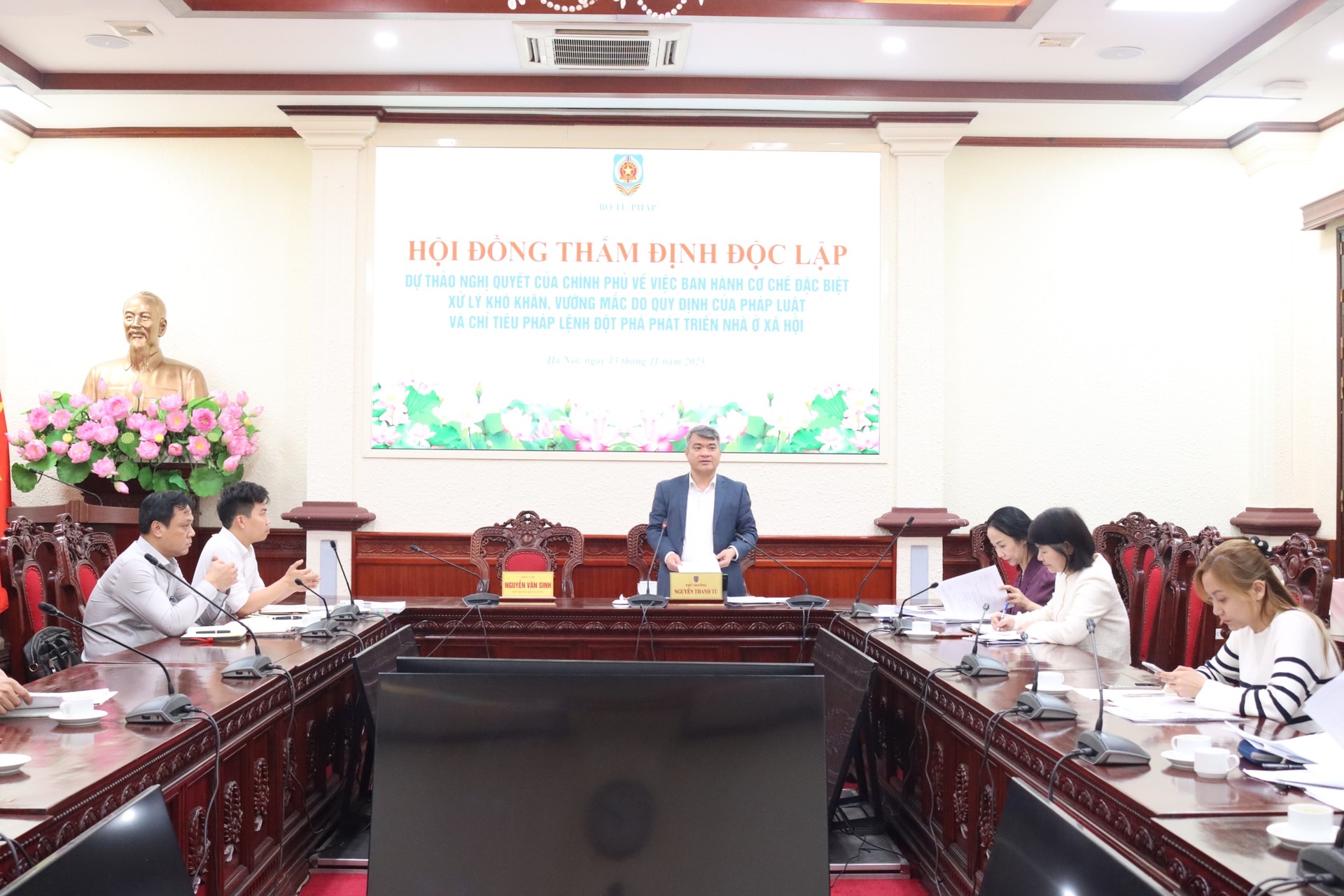
Presenting the draft Resolution, the representative of the Ministry of Construction - the drafting agency - clearly stated the main contents of the draft.
In particular, regarding the special mechanism for handling difficulties and obstacles in developing social housing, the draft Resolution stipulates that in case an investor proposes a project at a land location that does not have or is not suitable for urban and rural planning or is not suitable for land use planning... the Provincial People's Committee assigns the Department of Construction to preside over and coordinate with the Department of Finance, Department of Agriculture and Environment, Department of Planning and Architecture (if any), and the People's Committee of the commune where the project is located to review and assess the suitability.
The criteria for consideration include the need for social housing in the area, the ability to meet the technical infrastructure of the project to submit to the Provincial People's Committee to decide on land use planning targets, requirements on spatial organization, architecture, and landscape of the land to serve as a basis for approving the investment policy, and at the same time handing over to the investor.
After that, the investor is responsible for organizing the preparation, submission for appraisal and approval of the detailed planning at a scale of 1/500 or approving the master plan as a basis for the preparation, appraisal and approval of the investment construction feasibility study report or the construction investment economic -technical report and implementation of the next steps of the project.
The detailed planning contents at a scale of 1/500 approved by competent authorities must be updated into the local housing development program and plan... within no more than 12 months from the date the project is approved for investment policy, and at the same time handed over to the investor.
In case the social housing construction investment project does not allocate a separate land fund to build business, service, commercial and commercial housing facilities within the project scope, the project investor is allowed to reserve a floor area with a service and commercial business ratio not exceeding 20% of the total housing floor area of the project, not including the area arranged to serve the common living needs of households within the project scope (community living areas, medical stations, kindergartens and other essential infrastructure facilities serving the lives of building residents) and the area for parking.
The investor is allocated the entire floor area for business services and commerce of each block of buildings in the project (including the arrangement of independent business services and commerce facilities in one or several blocks of buildings) ensuring that it does not exceed 20% of the total residential floor area of the project...
Commenting on the 1/500 planning, Chairman of the Ho Chi Minh City Real Estate Association Le Hoang Chau emphasized that this is a mandatory issue. There cannot be any construction project without a 1/500 planning, except for individual projects with sample designs. According to the provisions of the Railway Law, any project with a 1/500 planning will be exempt from construction permits. Therefore, approving the 1/500 planning for a social housing project means affirming the exemption from construction permits.
Regarding the addition and completion of planning, the draft mentions the case of “no planning”. Mr. Chau suggested clarifying that this does not mean ignoring the planning. Instead, the process will be to review and report to the provincial People’s Committee to decide on land use planning targets, space, architecture and landscape requirements. Then, in the direction and management section, it is necessary to assign the locality the task of “urgently updating and master planning that area to ensure consistency”.
Regarding the calculation of land use fees for 20% of commercial area, according to Mr. Chau, applying the land price list multiplied by the adjustment coefficient is not appropriate. It is necessary to clarify that the "coefficient" here is a separate coefficient, not the usual K1 coefficient, because if the K1 coefficient is applied, the land use fees that businesses have to pay will be much higher than before.
Regarding the method of calculating land use fees, the Ministry of Agriculture and Environment agrees and proposes to keep the provisions in the current draft, which is that the calculation of land use fees will be based on the "land price list and adjustment coefficient".
On behalf of the agency in charge of reviewing the meeting's conclusions, Deputy Minister of Justice Nguyen Thanh Tu affirmed that although Resolution 201 on social housing has been issued, many difficulties and problems have arisen in practice that require direction from competent authorities to resolve. Therefore, the issuance of a new Resolution on a special mechanism to handle difficulties and problems caused by legal regulations is necessary.
The Deputy Minister of Justice suggested that, based on the comments, the Drafting Committee review the entire draft, ensuring that the legal provisions in the draft are feasible and not abused. The draft Resolution is only eligible to be submitted to the Government after it has been accepted and completed according to the Appraisal Report and the opinions of the Independent Appraisal Council.
Source: https://hanoimoi.vn/de-xuat-co-che-dac-biet-thao-go-vuong-mac-phat-trien-nha-o-xa-hoi-723197.html







![[Photo] Deep sea sand deposits, ancient wooden ship An Bang faces the risk of being buried again](https://vphoto.vietnam.vn/thumb/1200x675/vietnam/resource/IMAGE/2025/11/13/1763033175715_ndo_br_thuyen-1-jpg.webp)
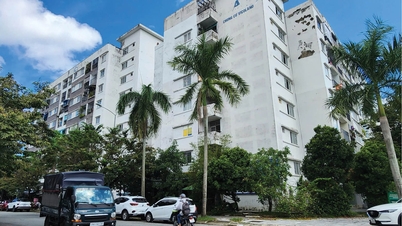

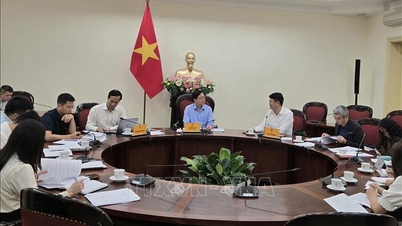

























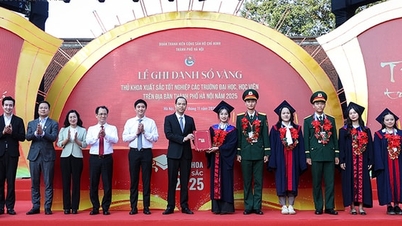




































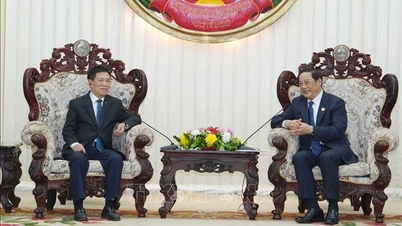










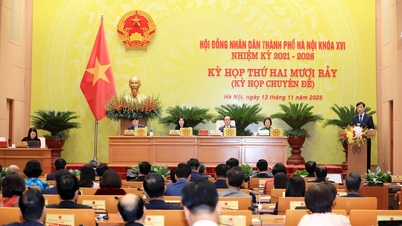



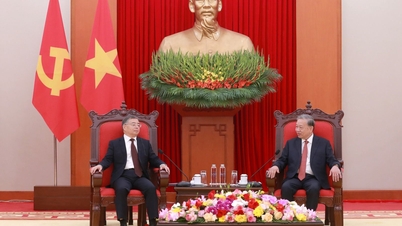






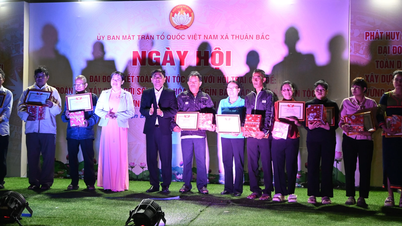




![Dong Nai OCOP transition: [Article 3] Linking tourism with OCOP product consumption](https://vphoto.vietnam.vn/thumb/402x226/vietnam/resource/IMAGE/2025/11/10/1762739199309_1324-2740-7_n-162543_981.jpeg)







Comment (0)